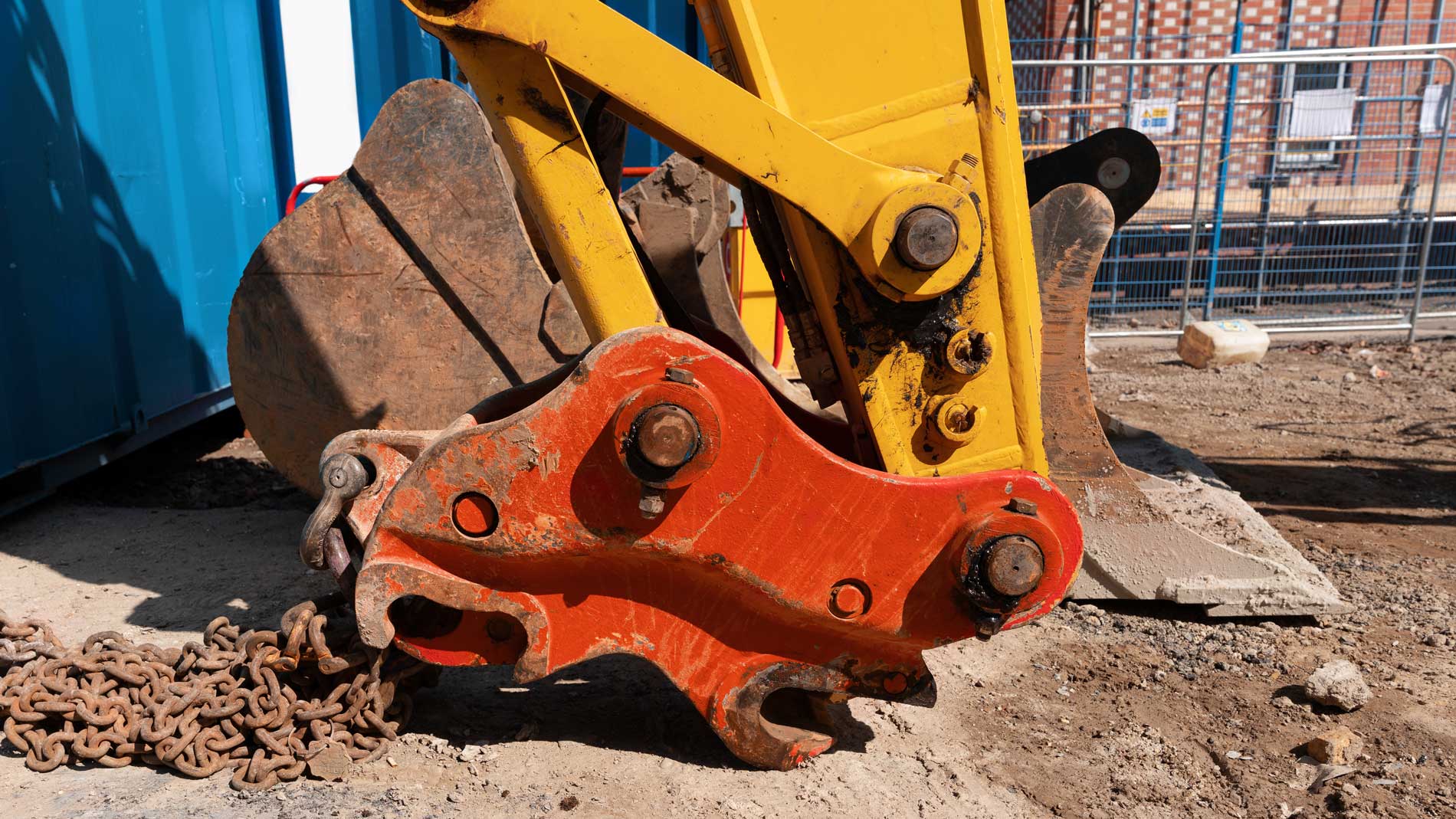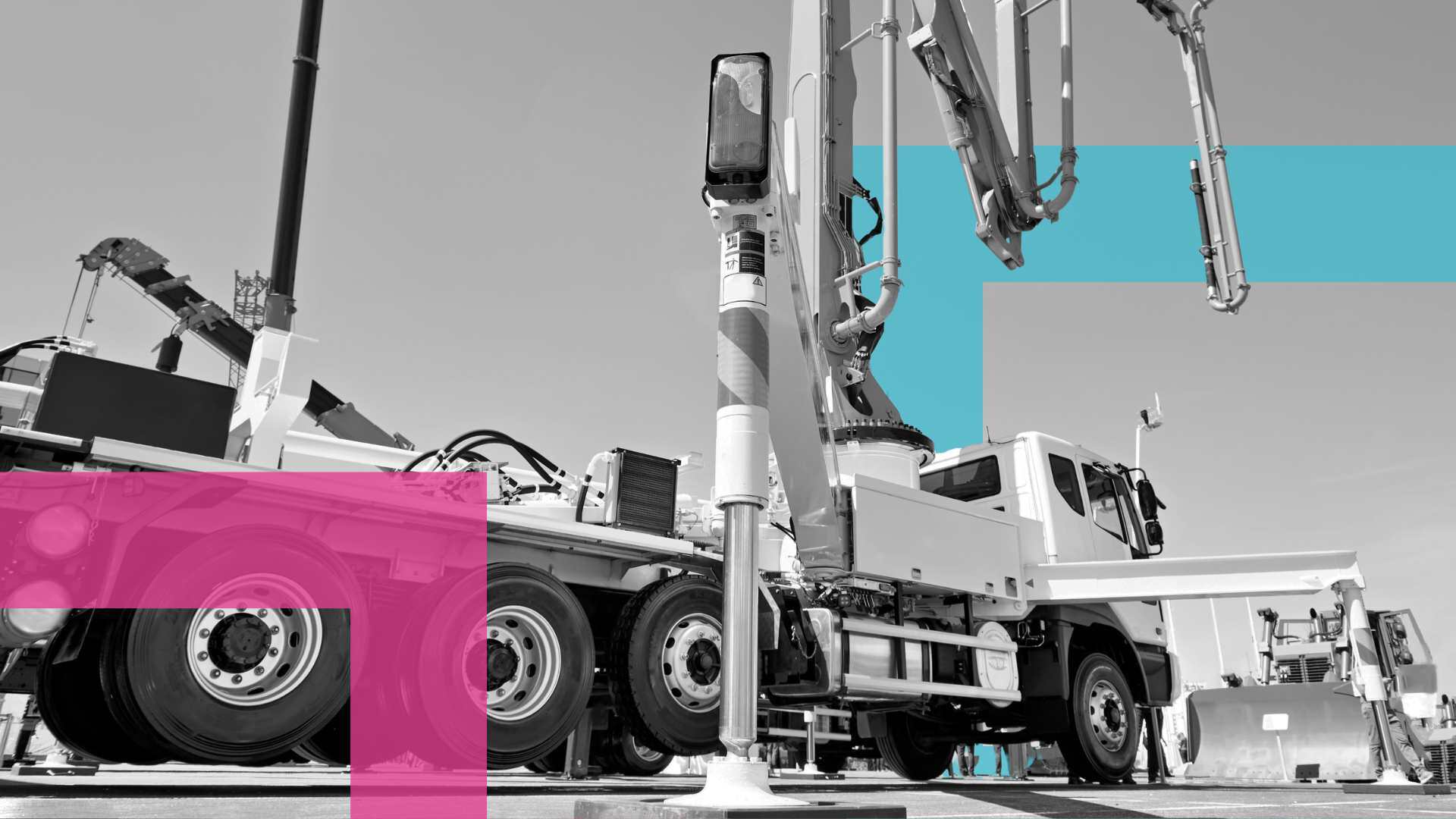Pre Start Plus rebranded to Ideagen Asset Guard
Ideagen Plant Assessor is pleased to announce the rebrand of its flagship pre-start app, Pre Start Plus, to Asset Guard. This rebrand aligns with...
|
|
Machinery Pre Starts
|
|
|
Risk Management &
|
|
|
Document Management
|
|
|
Dashboards & Reporting
|
|
|
Machinery Risk Assessments
|
|
|
Service & Maintenance
|
|
|
Safe Operating Procedures
|
|
|
MySite
|
|
|
View All Features |
Case Studies
Hear from our clients
Events
Find us at industry events
Guides
Find industry-specific guides
Learn
Educational content
News & Articles
Industry news and articles
Safety Legislation
We keep up with safety legislation
so you don't have to
Videos
Find overviews and informative
videos here
Webinars
View upcoming and on-demand webinars
Promotions
See our current promotions
FAQ
All of our frequently asked questions
Help Centre
How to use our software
View a Demo
Let us walk you through Ideagen Plant Assessor features
Release Centre
Product updates and release information
4 min read
![]() Paul Dean
:
February 2023
Paul Dean
:
February 2023

NSW is officially cracking down on the use of semi-automatic quick hitches and fully automatic quick hitches that allow swinging of the attachment if the primary retention system fails.
The moratorium on the outlawing of quick hitches that aren’t fully automatic has ended over the New Year, enforcing changes to the supply, installation and use of quick hitches on excavators and backhoes. Find out everything you need to know about using quick hitches in NSW, and how it affects you, in this article.
What does this mean?
The installation, supply and use of semi-automatic quick hitches and fully automatic quick hitches that allow swinging of the attachment if the primary retention system fails began being phased out by the NSW Government back in 2014, as a result of a correct interpretation of the NSW Work Health and Safety Regulation 2017.
Part 3.1 of the regulation includes a number of key components such as:
34. Duty to identify hazards - A duty holder, in managing risks to health and safety, must identify reasonably foreseeable hazards that could give rise to risks to health and safety.
35. Managing risks to health and safety - A duty holder, in managing risks to health and safety, must-
(a) eliminate risks to health and safety so far as is reasonably practicable, and(b) if it is not reasonably practicable to eliminate risks to health and safety - minimise those risks so far as is reasonably practicable.
36. (1) This clause applies if it is not reasonably practicable for a duty holder to eliminate risks to health and safety.
(2) A duty holder, in minimising risks to health and safety, must implement risk control measures in accordance with this clause.
(3) The duty holder must minimise risks, so far as is reasonably practicable, by doing 1 or more of the following-
(a) substituting (wholly or partly) the hazard giving rise to the risk with something that gives rise to a lesser risk,
(b) isolating the hazard from any person exposed to it,
(c) implementing engineering controls.
(4) If a risk then remains, the duty holder must minimise the remaining risk, so far as is reasonably practicable, by implementing administrative controls.
(5) If a risk then remains, the duty holder must minimise the remaining risk, so far as is reasonably practicable, by ensuring the provision and use of suitable personal protective equipment.
In short, these clauses of the legislation essentially say that if there is an ability to eliminate hazards that could pose a risk of injury to a person, they must be eliminated. The hazard in the case of semi-automatic quick hitches and fully automatic quick hitches that allow swinging of the attachment if the primary retention system fails is the potential for uncontrolled movement if the primary retention system fails, increasing the risk of striking or crushing.
There has been a moratorium on the enforcement of this key component of the regulation over the past eight years. Any machines with a semi-automatic quick hitch or fully automatic quick hitches that allow swinging of the attachment if the primary retention system fails fitted prior to 30 April, 2014 were considered compliant up until 31 December, 2022. It is now recommended that any quick hitch fitted to an excavator or backhoe in NSW should now have a fully automatic hitch to prevent the attachment from falling off and swinging, should the primary retention system fail. Half hitches can also be used on excavators up to three tonnes and mechanical hitches can be used on backhoes and excavators up to five tonnes.
How does this improve safety?
The government made these changes following the deaths of multiple people as a result of semi-automatic quick hitch incidents in the early 2010s. In a number of these incidents, the victims had been struck by attachments that had disconnected from the semi-automatic hitch. Further inquiries found around half of the semi-automatic quick hitches being used at that time did not have a safety device engaged.
The outlawing of semi-automatic quick hitches is designed to reduce injuries and fatalities as a result of attachments becoming detached from the hitch. Semi-automatic quick hitches usually require a safety pin to be applied manually to reduce the potential for detachment. This would be considered an administrative control on the hierarchy of controls due to the need for an operator to complete this task themselves. Given that administrative controls are considered to be a last resort and semi-automatic quick hitches can be substituted for a half-hitch, mechanical hitch, or a fully automatic quick hitch that does not allow detachment of swinging of the attachment if the primary retention systems fails, it’s easy to see how the safety of operators and workers can be improved, and therefore, understandable that semi-automatic hitches are now outlawed. To find out more about the hierarchy of controls, see our article Hierarchy of control explained.
What does this change mean for your Plant Assessor machinery risk assessment?
At Plant Assessor, we pride ourselves on diligently monitoring and fully understanding updates to any legislation, regulations or standards related to machinery compliance and safety. You know when you complete a Plant Assessor risk assessment, you will always be inspecting your machinery against up to date compliance standards. It’s just one of the areas Plant Assessor excels in, setting us apart from other compliance and safety systems on the market. We know this also saves you time reading up on changes and making improvements to your machinery safety systems, freeing you up to spend more time on the job.
That means we’ve updated Plant Assessor’s machinery risk assessments. Questions within our risk assessment surveys for certain machinery utilising quick hitches and attachments have now been updated to reflect the changes in the approach by Safework NSW, as have the outcomes within a risk assessment report. You can be sure you’ll meet your new compliance obligations for quick hitches when you complete a Plant Assessor machinery risk assessment, and implement any relevant corrective actions.
What are some other ways to improve quick hitch safety?
There are a number of other control measures that can be implemented to improve the safety of quick hitches. Some of these include ensuring:
Attachments are compatible with the hitch.
The hitch is compatible with the host machine.
The primary retention system and the safety device are both correctly engaged.
The hydraulic system provides adequate pressure to retain the attachment.
The machine and hitch are inspected and maintained appropriately.
If you would like further information about the changes to quick hitch legislation in NSW and how it affects you, please contact our team of machinery compliance experts who will be happy to help. Call 1300 728 852 or email info@assessor.com.au.
Disclaimer: This information is intended to provide general information on the subject matter. This is not intended as legal or expert advice for your specific situation. You should seek professional advice before acting or relying on the content of this information.

Ideagen Plant Assessor is pleased to announce the rebrand of its flagship pre-start app, Pre Start Plus, to Asset Guard. This rebrand aligns with...
.png)
Many businesses operating machinery still rely on traditional paper pre start books for daily machinery checks. While these booklets serve their...

A concrete company based in Melbourne has been convicted and fined $30,000 after an incident involving a concrete pump resulted in a worker’s hand...